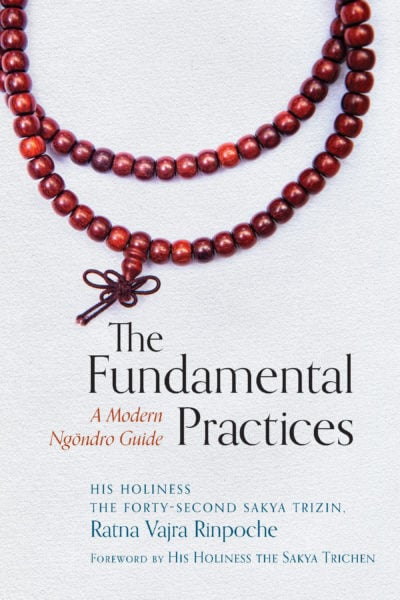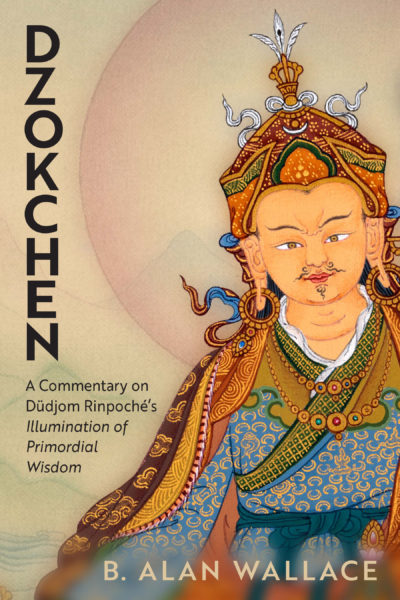Thangtong Gyalpo Tsondru Zangpo, “Collection Of Essentials: Vital Words Of Instruction On The Six Dharmas Of Niguma” in Four Tibetan Lineages: Core Teachings of Pacification, Severance, Shangpa Kagyu, and Bodong, translated by Sarah Harding, 299–302, 308–309, Somerville, MA: Wisdom Publications, 2021.
Tāranātha, “Tangdalma: Displaying The Profound Meaning” in Four Tibetan Lineages: Core Teachings of Pacification, Severance, Shangpa Kagyu, and Bodong, translated by Sarah Harding, 365–369, Somerville, MA: Wisdom Publications, 2021.
Kalu Rinpoche, Luminous Mind: The Way of the Buddha, 197–202, Somerville, MA: Wisdom Publications, 1997.






